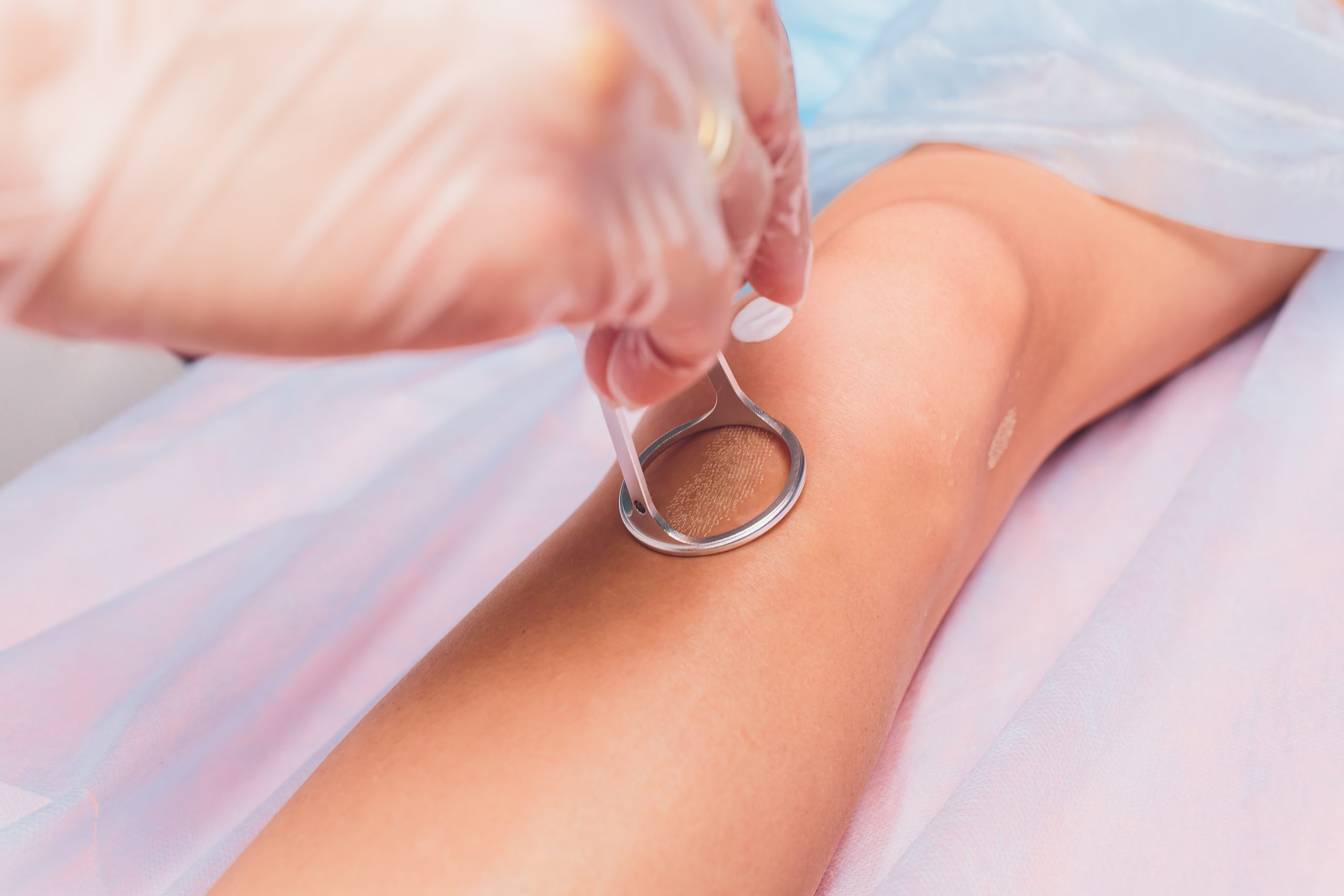Some of us have terrible nightmares when it comes to removing scars. Scars can result from anything from an accident as a kid or adult to trying different skincare procedures or even acne. No one likes their scars. Laser scar removal is the way to go if you can remove unwanted scars seamlessly.
This blog will clear every gray area laser scar removal therapy has around the internet. You are looking for a solution to removing scars; then you are reading the right article. Let us dive into it!
What is Laser Scar Removal?
In simplest terms, Laser Scar Removal is described as a process that allows the skin to reduce scars and other facial imperfections without surgery. It penetrates the outer layer of the skin to stimulate new, healthy skin cell growth. It removes the old and damaged layer of the skin to grow new healthy skin.
What are the Different Types of Scars?
Mainly, if you want your scars to be treated, you should identify what type of scar you have to choose the best possible treatment for your type of scar. Here are the four kinds of scars:
- Keloid Scars – If an overly aggressive healing process caused your scar, laser scar removal might be right for you. This type of scar is most common in people with darker skin. Depending on the size and severity of the scar, laser treatment or cryotherapy can work well. Keloid scars, however, can be prevented using gel pads or by simply using pressure.
- Contracture Scars – These scars are caused by burning. It tightens the skin and may result in you having a hard time moving. Contracture scars can also have more severe effects, like affecting your muscles and nerves.
- Hypertrophic Scars – These scars are similar to keloids, but they do not go beyond the healing process. Steroids may be a possible treatment to reduce inflammation and silicone sheets to flatten the scar.
- Acne Scars – This scar is typical because most of us have had acne. But acne scars are caused only by severe acne. These acne scars range from deep pits to angular or wavelike spots in appearance. The treatment will also depend on the type of acne scar you have.
As mentioned, laser therapy can improve and lessen the visibility of scars on one’s skin. This treatment involves using focused light to remove either the outer layer of the skin or stimulate new skin cells for better skin appearance.
Undergoing this process will prevent you from having keloid, avoid itching and minimize the motion if the scar limits movement. Getting the best results and achieving these effects can take months to see. However, as time goes by, minimal changes and disappearances of the scars will be evident. It is still essential to understand that you should follow your dermatologist’s instructions for extra safety and the best results.
After the scar removal therapy, you can experience swelling, redness, acne flares, cold sores, itching, dark/light spots, skin infections, milia, allergies, scars, eyelid deformity, tooth enamel, and eye injury. This procedure is safe when performed by a professional, but some of these side effects cannot be prevented.
Remember to have a consultation with your provider before they do the procedure. Each of us is different from the other, and what works for others might not work for you. So, it is vital to conduct a thorough assessment of your medical background and what type of skin you have to achieve your desired results.
What are the Common Types of Laser Scar Removal?
Since there are several advancements in laser skin removal, here are the most common types of procedures that you might want to add to your bucket list:
- Laser Resurfacing
- This treatment also promises to remove the top and most damaged layer of the skin, but it also targets its middle layer, which causes it to tighten and soften the skin even more. Laser resurfacing has two more types, namely CO2 laser and Erbium laser.
2. Fractionated Laser Resurfacing
- This therapy uses tiny beams of light that penetrate deep into the skin. This helps break down old skin cells while stimulating collagen production within the deeper skin layers. Fractionated Laser Resurfacing would need topical anesthetic and causes little to no side effects.
3. Non-Ablative Laser Resurfacing
- Infrared skin lasers are used to heat the inner layers of the skin while leaving the surface untouched. The procedure focuses more on collagen production and generating fresh new skin cells that replace the damaged cells of scars. Although it does not require time to recover, the method can sometimes be painful.
Can Laser Scar Removal Remove Scars?
Many sources claim that scar removal therapies magically remove scars. Still, in reality, it reduces scars, and over time, when there is a consistent application of a treatment, it has the potential to vanish. The results will also depend on the severity of the scar, and the safety of the procedure depends on the professional who will do it. That is why it is essential to choose the right provider for you.
Delle Chiaie Cosmetic Medicine uses the Elos Sublative device in performing scar removal therapy. This device is a non-laser and non-light-based treatment. Instead, the use of bipolar radiofrequency is employed to rejuvenate the skin, typically in 3 to 6 treatment visits. The Elos Sublative device is safe and effective for all skin types, so there is no need to worry about your skin type.
Unwanted scars can be the root of insecurities, but a little coming out of your comfort zone would not cause any harm. If you are ready to embrace that process of change or have been thinking about scar removal, get in touch with Delle Chiaie Cosmetic Medicine and get rid of those unsightly scars for good!
